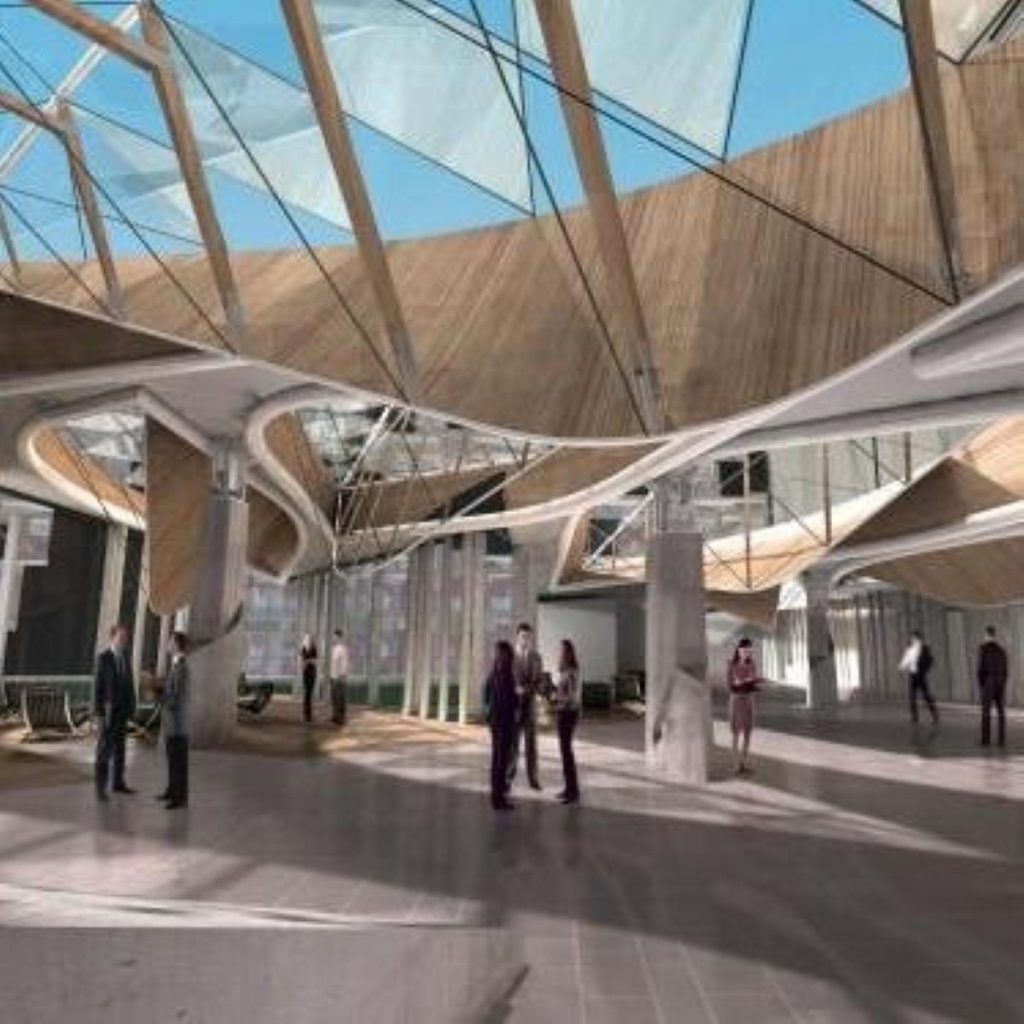“No single villain” in Scottish Parliament overruns, concludes Lord Fraser
Lord Fraser’s report into the cost overruns in the building of the Scottish Parliament has concluded that there is “no single villain of the piece”.
However, the report does contain damming criticism of many elements of the Parliament project, in particular the decision to adopt the procurement route of construction management.
From an initial cost estimate of £40 million, the Parliament came in three years late, at a cost of £431 million.
Speaking to reporters at a press conference in Edinburgh, Lord Fraser said that the decision to go down that route was taken by a small group of civil servants who were “out of their depth” and did not clearly understand – or communicate to ministers- the very real risks to the public purse.


He also noted that the Scottish Parliament themselves, after they took control of the project, took two years to realise the implications of the procurement route, namely, that you “can not truly have a budget where you have construction management”. Lord Fraser pointed out that the Treasury is “very slow” to advise resort to this kind of contract as the main contractor would then not have to suffer any loss from over runs.
In a dry introduction to the report, he noted that the “cry of ‘it wasn’t me’ was well heard down the Cannongate on more than one occasion”.
Pointing out that his report has been delivered on time, and within budget, he expressed the hope that the report will have the “necessary cathartic effect that the Presiding Officer has sought”.
Though his report does not contain any detailed aesthetic assessment of the design, Lord Fraser does conclude that the building does meet the vision that Donald Dewar and his colleagues envisaged for the Scottish Parliament.
Looking at the initial design of the building, Lord Fraser concludes that “the building was bound to have costs in excess of £200 million and that could and should have been anticipated”.
He estimates that £150 million was wasted in design delays, uncertain management, and the choice of the construction method, waste described as “exceptionally regrettably” and blamed on “systemic failures”.
The former First Minister, and Scottish Secretary, Donald Dewar, largely escapes blame in the report and is exonerated of accusations that he deliberately misled Parliament over the costs of the building. Lord Fraser concludes that politicians were kept in the dark over increases in cost “year after year” and Mr Dewar was presented with reports that were “simply wrong”.
A key example given is of Mr Dewar being asked to authorise a prudent increase in budget to £60 million, at the time when risk advisors were telling civil servants that the minimum cost of the Parliament would be £89 million.
When the Scottish Parliament took over the management of the project in 1999, they added 47 per cent to the size of the building, which inevitably increased costs. However, Lord Fraser concluded that they had not “demanded add-ons which might be regarded as frivolous or unnecessary.”
Subsequent blast and security proofing also added around £29.1 million in costs.
In addition to the report Lord Fraser has published all of the documentary evidence given to his inquiry, with the exception of off-camera evidence given on security as he has “no wish” to aid those who might wish to damage the building.
The full text of the report can be found at www.holyroodinquiry.org












